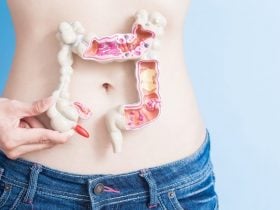Uterine fibroids are abnormal growth known as noncancerous tumors that develop in or on a woman’s uterus. The uterus fibroids often appear during the years of child bearing even though the cause is still unknown. The medical term for uterus fibroids is leiomyomas [1]. Based on Fact, up to 80 percent of women have them at the average age of 50.
This size of the fibroids varies, it could be either very tiny that the human eye might not be able to detect it, or it could also appear to be very large that it would end up enlarging the uterus. Uterine fibroids can be not only one single tumor but multiple; in some extreme cases, when the fibroid is various, it could expand the uterus and grow as much as reaching the rib cage and can add weight. No matter the severity of uterus fibroids, it does not cause an increase in the risk of uterine cancer and would not develop into cancer.
Different women experience different symptoms; the symptoms may depend on the number of tumors, the location, and the size of the tumors; in some cases where the cancer is tiny, one may no experience any symptom. Women undergoing menopause have a lower risk of uterine fibroids because there would be a drop in the levels of hormones that stimulate fibroid growth, known as estrogen [2] and progesterone [3].
Some of the symptoms of uterine fibroids include:
Heavy or painful bleeding during your periods

Heavy flow is the first and foremost sign of uterine fibroids. The severity of pain during menstruation varies from woman to woman. When one has uterine fibroids, the fibroids may stimulate the growth of blood vessels in the body, which would cause the blood flow to be heavier than average. Also, when the hormone level of prostaglandins [4] is elevated, it could cause serious bleeding.













